You know that awkward feeling when someone references a TV show or person you don’t know but you smile and nod along because you want to seem in the loop? Yeah, that totally human experience happens in fitness too. Especially around relatively obscure terms like VO2 max, which you may have overheard in a locker room or name dropped by a trainer recently—it’s become a bit of a buzzword as of late. But what is VO2 max, you ask?
Basically, it’s the maximum amount of oxygen your body can take in and use during exercise at your 100-percent intensity, says Stacy Sims, PhD, exercise physiologist, and author of Roar: How to Match Your Food and Fitness to Your Female Physiology for Optimum Performance, Great Health, and a Strong, Lean Body for Life.
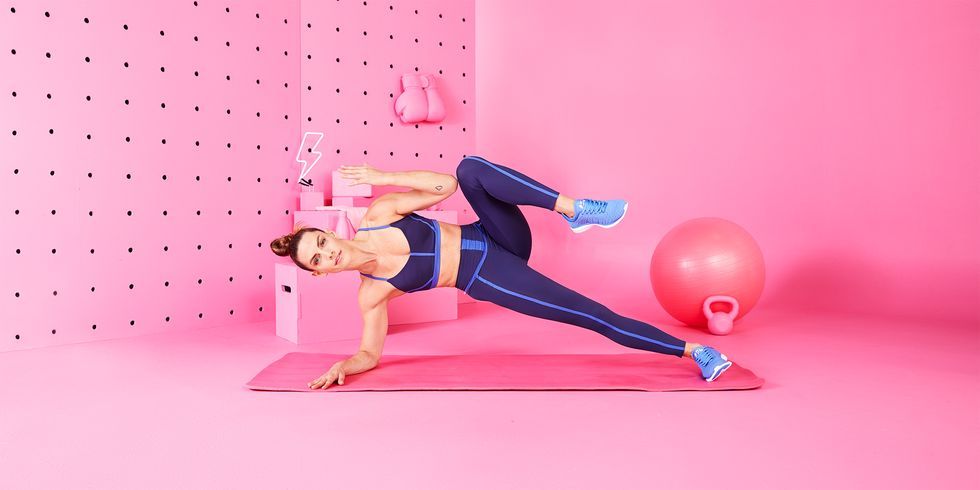

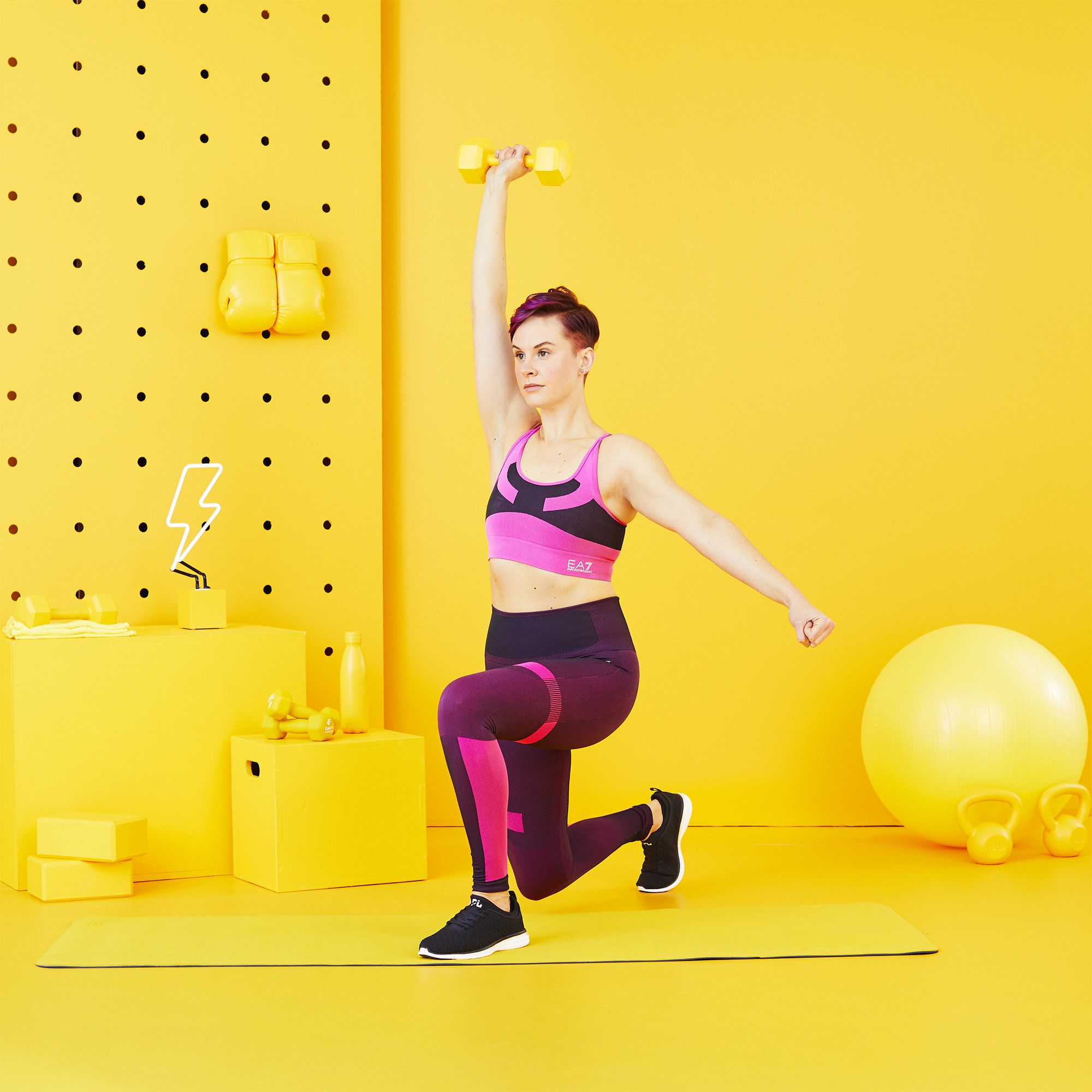
It’s often considered the best measurement of someone’s cardiorespiratory fitness, and Sims notes that it’s a reflection of how fast your body can regenerate ATP (an energy-carrying molecule burned off as fuel during exercise) in your cells.
That’s kind of heady, to be honest, so another way to think about VO2 max is that it’s like your PR when it comes to consuming oxygen. In theory, the more O2 you can take in, the more energy you can expend for a longer period of time. It’s why athletes are hyper-focused on increasing their own in an effort to optimize their performance.
Even if you’re not a fitness pro, though, you can still benefit from training to boost your VO2 max for similar reasons—bigger, better gains! Keep reading for everything you need to know about VO2 max like how to figure out your own, how to improve it, and what’s a good benchmark to aim for in the first place.
What’s an ideal VO2 max for women?
There’s no “perfect score” for VO2 max. Sims says a desirable number really depends on your sport or main fitness activity. “When we look at elite values, top-end cross-country women sit around 65 to 70 ml/kg/min; runners are about 60 to 65ml/kg/min; cyclists are around 55 to 60 ml/kg/min.”
Generally speaking, though, this VO2 max chart notes where optimal scores should fall depending on your age:
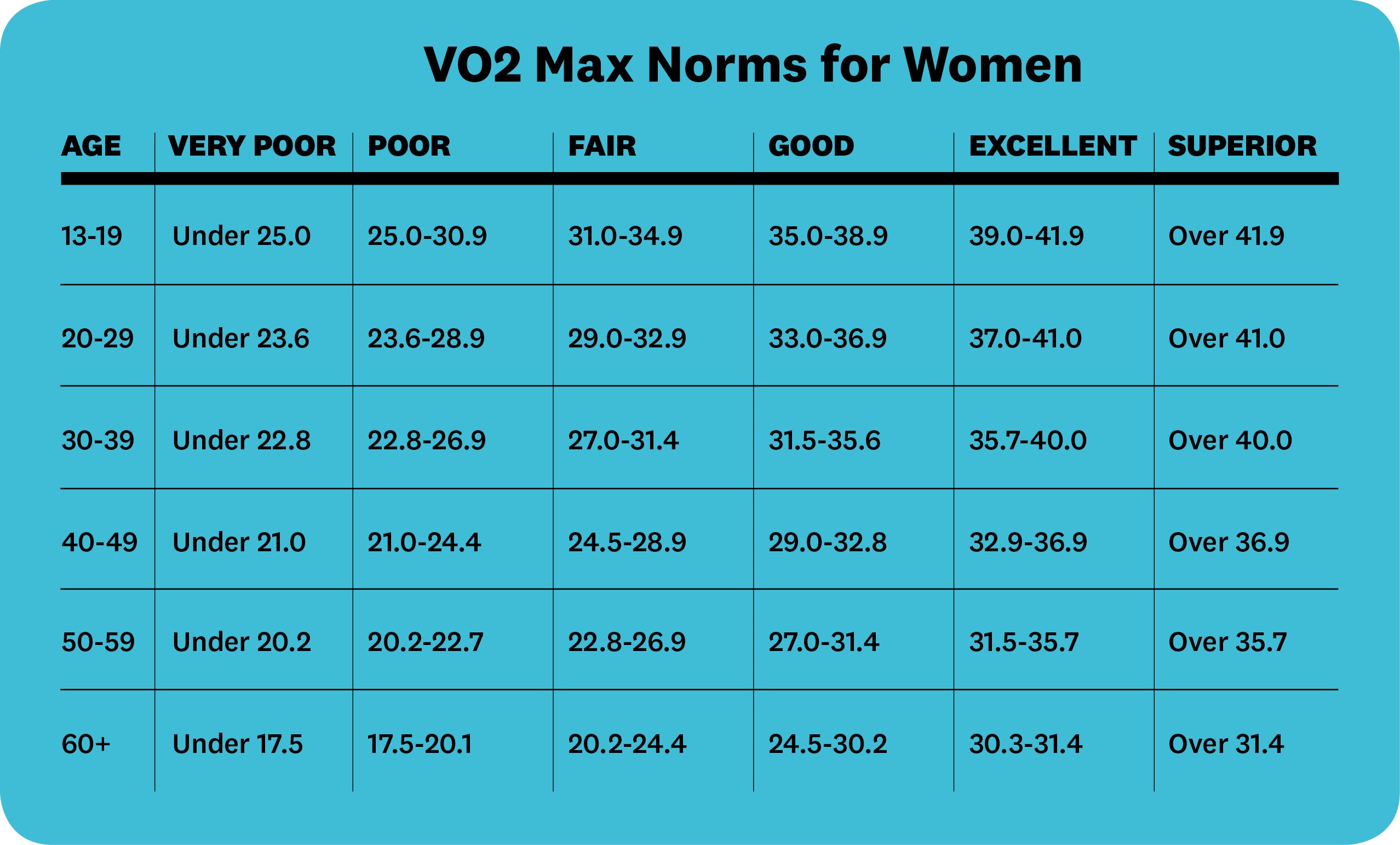
How do you measure VO2 max accurately?
Testing VO2 max is where things get a little tricky. The gold standard is direct measurementin a lab setting, says Sims. This is known as a Cardiopulmonary Exercise Testing (CPET), and itinvolves wearing a mask and heart rate monitor that’s hooked up to a treadmill or stationary bike. The mask is connected to a machine that measures the amount of oxygen you inhale, and the amount of carbon dioxide you exhale. During the test, you continue upping the intensity of your bike or tread until your “oxygen consumption value reaches a steady state, even as exercise intensity increases,” explains Sims. That’s your “max.” The final measurement is recorded in mL/kg/min. If you’re really interested in finding your true VO2 max, see if any gyms or fitness studios near you offer the service.
This, of course, is not realistic for most people, which is why an easier (albeit not as precise) way to get an approximation of you VO2 max is by investing in a fitness tracker or smartwatch that’ll estimate it for you based on your heart rate and exercise intensity after collecting your data for a period of time. For the average active adult, this is the best option. Some, like the FitBit Ionic, refer to VO2 max as your “cardio fitness score,” while others, like the Apple Watch, list it simply as VO2 max—you can find yours in the Apple Health app when you click through to all health data, fyi.
To The Max: Shop Our Fave Fitness Trackers
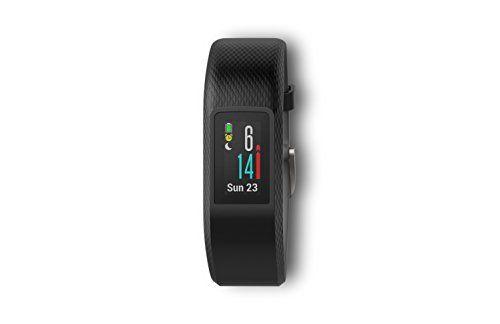 Garmin vívosport, Fitness/Activity Tracker with GPS and Heart Rate Monitoring, SlateGarminamazon.com$115.19SHOP NOW
Garmin vívosport, Fitness/Activity Tracker with GPS and Heart Rate Monitoring, SlateGarminamazon.com$115.19SHOP NOW
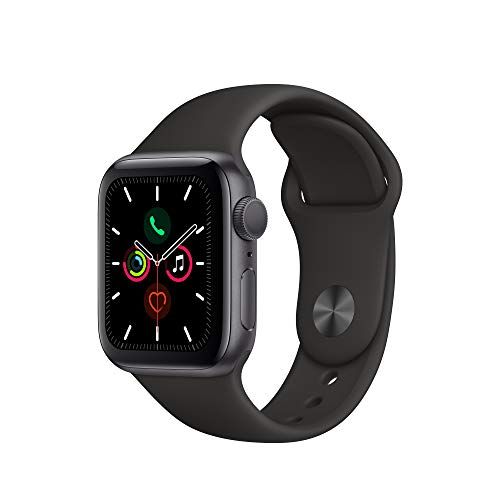 Apple Watch Series 5 (GPS, 40mm) – Space Gray Aluminum Case with Black Sport BandAppleamazon.com$354.99SHOP NOW
Apple Watch Series 5 (GPS, 40mm) – Space Gray Aluminum Case with Black Sport BandAppleamazon.com$354.99SHOP NOW
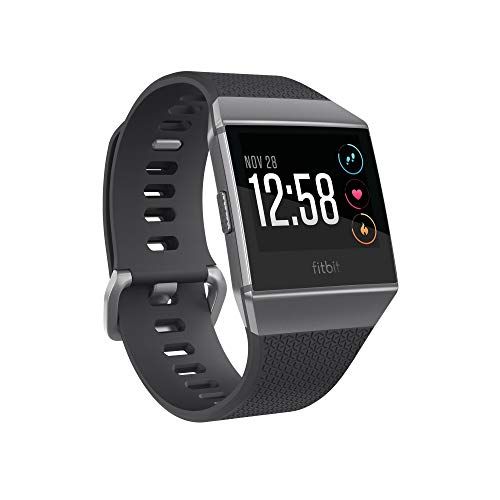 Fitbit Ionic GPS Smart Watch, Charcoal/Smoke Gray, One Size (S & L Bands Included)Fitbitamazon.com$178.99SHOP NOW
Fitbit Ionic GPS Smart Watch, Charcoal/Smoke Gray, One Size (S & L Bands Included)Fitbitamazon.com$178.99SHOP NOW
What impacts VO2 max?
Your cardio fitness level isn’t the only thing that plays a role. Sims notes that there are actually a number of internal and external factors that can have a major impact on your VO2 max:
How can you improve your VO2max?
If you have the ability to track your VO2 max regularly, it can be one way to determine your fitness level and improvement. The best way to give it a boost is through high-intensity interval training (HIIT), which helps work you body at high levels for a period of time, in order to help build up your aerobic capacity, says Sims.
Try this four-move HIIT workout video to start improving yours:
That said, while VO2 max is used in scientific research and with elite athletes, Sims doesn’t recommend getting too hung up on it as a go-to performance or training marker. Instead, focus on challenging your body little by little in cardio workouts to get fitter and faster.
Source: Read Full Article
